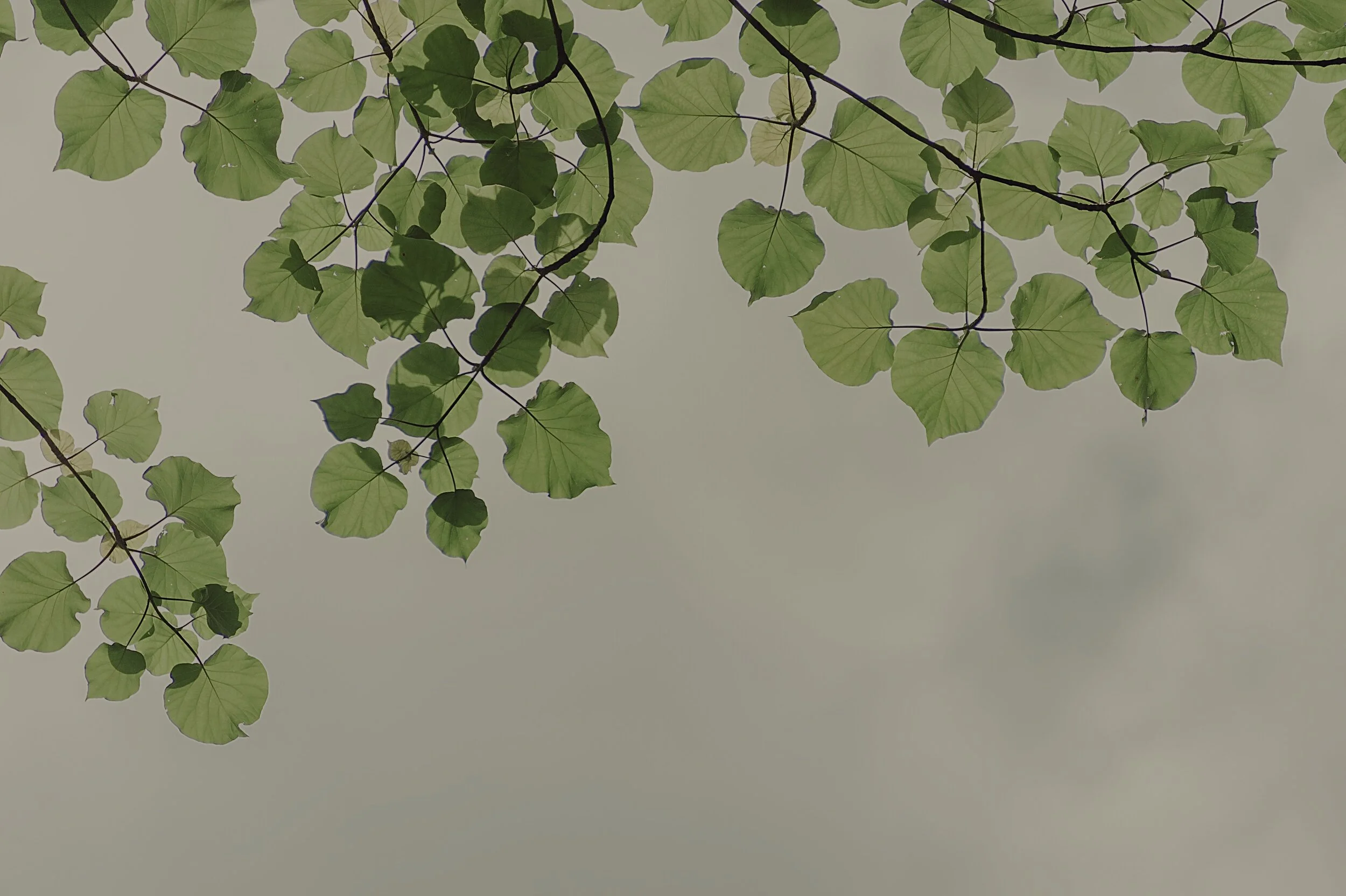With over 400.000 trees, Amsterdam is one of the most tree-rich cities in Europe. Especially the more than 75.000 elm trees are famous for being part of the UNESCO World Heritage Site. Their yearly Springsnow, a magical phenomenon of thousands of whirling elm seeds, covers the streets and canals of Amsterdam with a white layer from April to May. A beautiful sight every year again!. However, Amsterdam’s trees have more to offer. Just like all trees, they are true sources of wisdom and knowledge.
AMSTERDAM’S TREE-TMENT
Many people might admire Amsterdam’s trees for their immense beauty. However, not many of us know about their hidden medical potential. BBC News reports that over 50% of prescription drugs are derived from chemicals first identified in plants and trees. These are the powerful trees that decorate the Amsterdam canals and parks.
The willow is often planted alongside the water. You can spot them during a walk through the city centre next to the canals and bridges. One thing you’ll recognize the Willow by immediately, is the mass of tangled roots. They prevent erosion and provide shelter for wildlife. In addition, they can reach an impressive height of 30 meters and in ancient Egypt, willow bark was even used to treat fever and headache. Also During the Middle Ages, a splinter of Willow bark was inserted between the gum and tooth to treat toothache. Nowadays it is known that willow bark contains salicin, a chemical that our body converts into substances that help against allergies and fevers. This specific chemical was honored with the willow’s Latin name: Salix. In the mid-nineteenth century, the chemical was isolated and sold as a drug we all know today; Aspirin. So, if you treat your headache with a little pill you should thank the willow outside your window!
But the willow is not the only healing tree which can be found in Amsterdam. The streets of Amsterdam offer a whole pharmacy of trees. Elm bark is said to help with digestive disorders. Birch trees can be tapped for sap rich in vitamins. Alder produces similar chemicals as the willow. Needless to say, the oxygen and natural chemicals trees release are also extremely important for qualitative air. Several studies have shown the effectiveness of walks in forests for treating depressions and stress. The chemicals and fresh air provided by trees lift our mood and help to relax. In Japan, this form of treatment is an old tradition: Shinrin-yoku which stands for walking and/or staying in forests in order to promote health.
HOW WE TREE-T TREES?
According to the World Wildlife Fund (WWF), per minute a forest area equal to forty-eight football fields is lost as a result of deforestation and degrading. This results in problems such as climate change, desertification, soil erosion and flooding are often discussed. However, the loss of knowledge and wisdom receives rather little attention.
As mentioned earlier, plants and trees are oh-so-important for their medical powers. Yet, at the same time, the Tropical Rainforest Destruction estimates that “Only 1% of the species of tropical trees and plants have been tested by scientists for medical benefits.” Imagine how many more amazing properties we could find if we took the time to study and appreciate our trees more! Especially now that 137 species are becoming extinct every day, there is an immense lost pharmaceutical potential. For instance, the Yew tree which has been pushed close to extinction is a valuable source of paclitaxel, the most well-known natural-source cancer drug in the United States. To date, Paclitaxel is one of the best-selling cancer drugs ever manufactured. The Paclitaxel Injection market revenue was 2249 Million USD in 2019 and is projected to reach 3403 Million USD in 2025.
HOW TREES COULD BE TREE-TED
Why is this knowledge not protected? Recently, environmental personhood (the approach to give nature a legal entity) is highly discussed. Forests and trees need protection. More precisely we need the protection of trees. So why does our legal system not treat them as legal entities and represent their rights? Corporations count as legal persons although they partly pollute our earth and cause climate change. To some, this is logical as we profit from these corporations through their output. Trees do not count as legal persons even though we profit from their pollution-free outputs. I guess you can see the irony.
SUMMING UP
Not only can trees produce fresh air and make our cities a more beautiful space, but they have the potential to be the source of so many future health improving and life-saving medicinal discoveries – even the trees of Amsterdam. We seem to be incapable to see the true value and gift trees offer us. Although some recent efforts try to protect these gifts by declaring trees legal entities.
TREET YOURSELF: HELPFUL LINKS AND BOOKS
Books:
In “Around the World in 80 Trees” Jonathan Drori goes through time and across cultures to introduce 80 trees and their unique role in human’s everyday life.
In his novel “The Overstory”, Richard Powers focuses on five trees and how they bring together people fighting against deforestation. Topics such as trees as a source of wisdom, medicine and their need for legal representation are touched upon.
Map:
Want to know which tree stands in your street? The interactive map on: https://maps.amsterdam.nl/bomen/?LANG lists all trees maintained by the city of Amsterdam.
- Written by Kevin Sedleger











